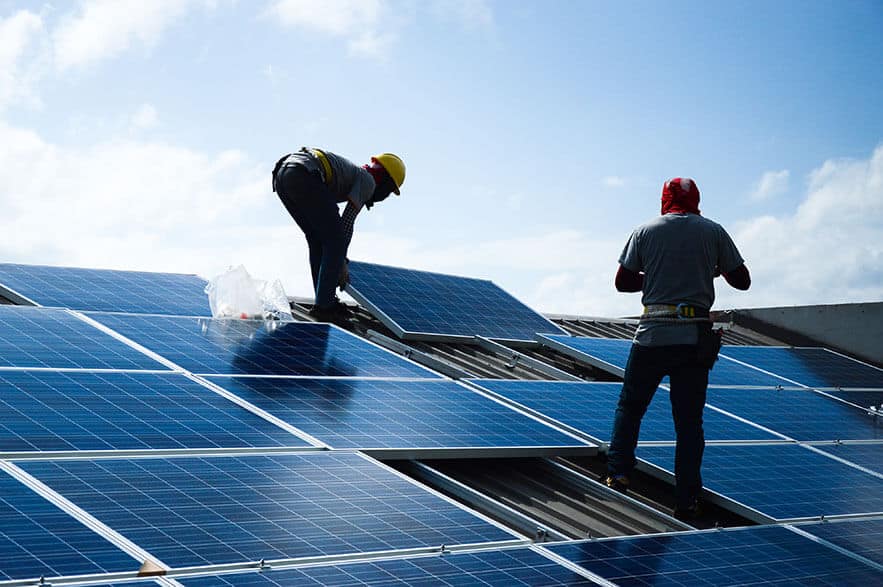Solar power is the order of the day though it took a long time coming. In the meantime, most of the world has relied on dirty fuels such as coal and on nuclear technology despite the accompanying endangerment and perils, both to humans and the environment.
Considering that solar technology was invented as far back as in 1839 by the French physicist Edmond Becquerel one cannot help but wonder why the delay of almost two centuries. Similarly, the first functional electric car was built in 1832 and even today the race is only beginning for the production of these cars.
The main element that goes into the production of solar panels is Silicon and most of the producers depend on this for the manufacture of solar panels. Silicon is cheap and is the second most abundant element on our planet amounting to approximately 28 percent of all the elements we find on our dear Earth.
The normal efficiency of a solar panel should be 20 percent but depending upon the conditions of where they are installed the actual efficiency ranges from 15 to 18 percent. Which in itself is not bad considering the facts that there’s no dearth of sunlight in most parts of the world and it is sunshine that hits on to the solar panels which is converted to electricity.
Associated Risks
Even the current technology comes with its own risks not only to the personnel who look after the massive solar farms but also to the individuals who use the technology. Especially for those working in the industry, these ‘accidents’ are written off as occupational hazards. And believe you me, these ‘occupational hazards’ are quite severe such as arc flashes, serious burns and blasts.
Human needs and wants are infinite and they come with their own associated risks. In this case, let us look at the desire to increase the efficiency of solar panels. Nothing wrong with that so long as we humans stay within limits in our quest to control the supernatural forces of nature.
Higher efficiency, greater damage
Scientists claim they have found the magic button to increase the efficiency straight through to 32 percent and such solar panels will soon be commercially produced. And what is the magic product? Perovskite is what it’s called. This magic boy has its own biological chain reactions, the greatest one being the potential of leaching of lead into the earth thus affecting the water we drink and the food we eat. What they are seriously talking about is what would be the safe threshold.
Looking at the disaster at Chernobyl and harm that has already been caused to the environment via the use of dirty fuels, I suppose the leaching of lead into the earth poses a lesser risk and is of a lesser consequence given that I’m told that we already carry almost 400 unwanted chemicals in our bloodstream.
Photo: Shutterstock
Support us!
All your donations will be used to pay the magazine’s journalists and to support the ongoing costs of maintaining the site.
Share this post
Interested in co-operating with us?
We are open to co-operation from writers and businesses alike. You can reach us on our email at [email protected]/[email protected] and we will get back to you as quick as we can.









